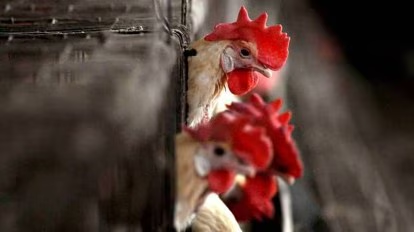The ongoing bird flu outbreak, which has impacted dairy cattle across the nation for nearly four months, is raising alarms about a potential pandemic. Recent developments highlight the urgency of the situation, particularly after a cluster of human cases linked to poultry farms in Colorado.
- Human Cases Linked to Poultry Farms: Genetic sequencing of the virus from affected poultry workers shows a close resemblance to the strain currently circulating in dairy cattle. This suggests that the virus might have been transmitted from cattle to poultry.
- Dangerous Working Conditions: At a major poultry facility, workers faced hazardous conditions while culling infected birds. Poor protective measures and high exposure to virus-laden materials increased the risk of human infection. Epidemiologist Jennifer Nuzzo from Brown University describes this as “gambling with people’s lives,” emphasizing the severe risks involved.
- Investigation Ongoing: State and federal health officials are investigating the outbreak’s extent. Although those who tested positive have shown only mild, flu-like symptoms so far, the potential for more severe outcomes remains a concern.
Risk of Viral Mutation and Human Infection
- Mutations and Transmission: Scientists are closely monitoring the virus for mutations that could increase its danger. While the current strain primarily affects birds, recent mutations suggest it might be becoming more adept at infecting mammals. Thomas Peacock, a virologist at the Pirbright Institute in the U.K., notes that these changes could make the virus more infectious to humans.
- Preventive Measures Needed: The potential for a more infectious strain underscores the importance of stringent biosecurity measures and vigilance in monitoring the virus’s evolution.
The ongoing bird flu outbreak in dairy cattle presents a significant risk of zoonotic transmission, with recent cases in poultry workers highlighting the potential for a wider human health threat. Continued research and preventive actions are crucial to mitigate the risk of the virus adapting to humans.



